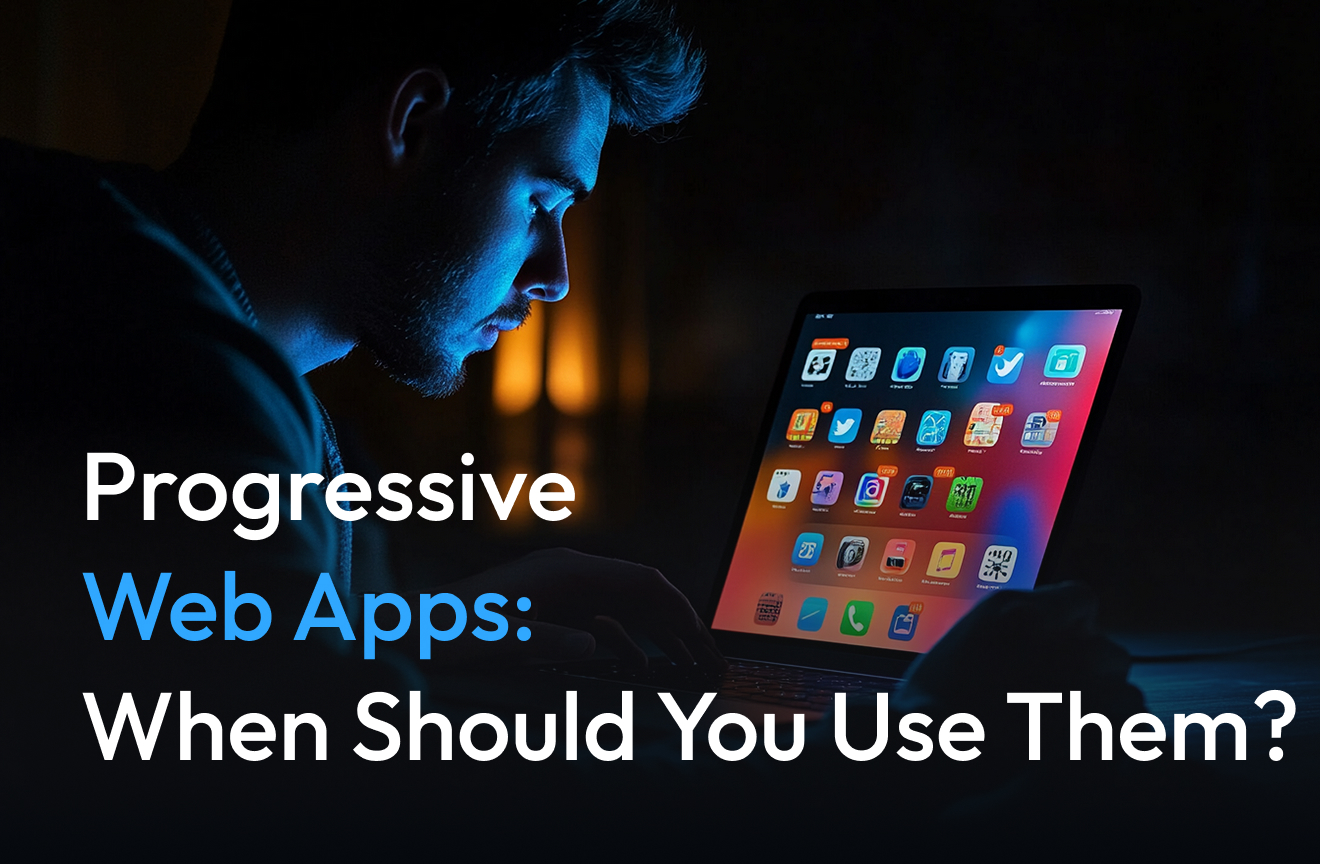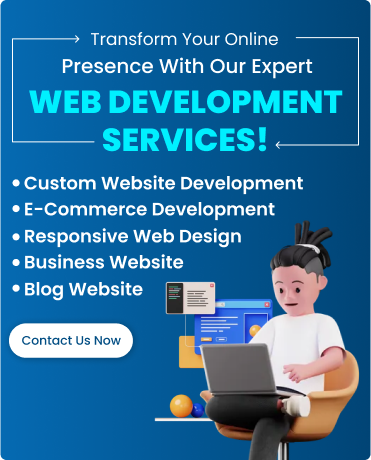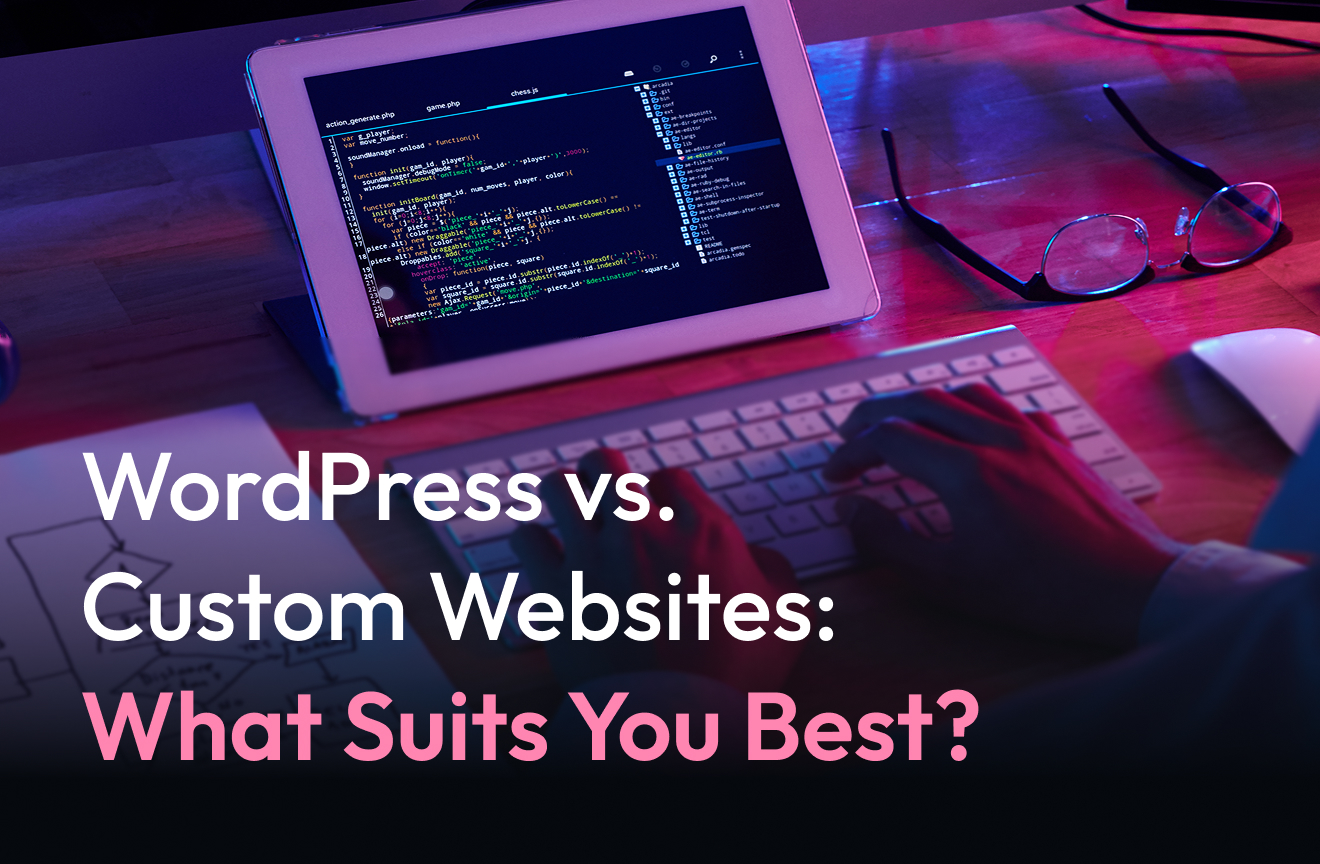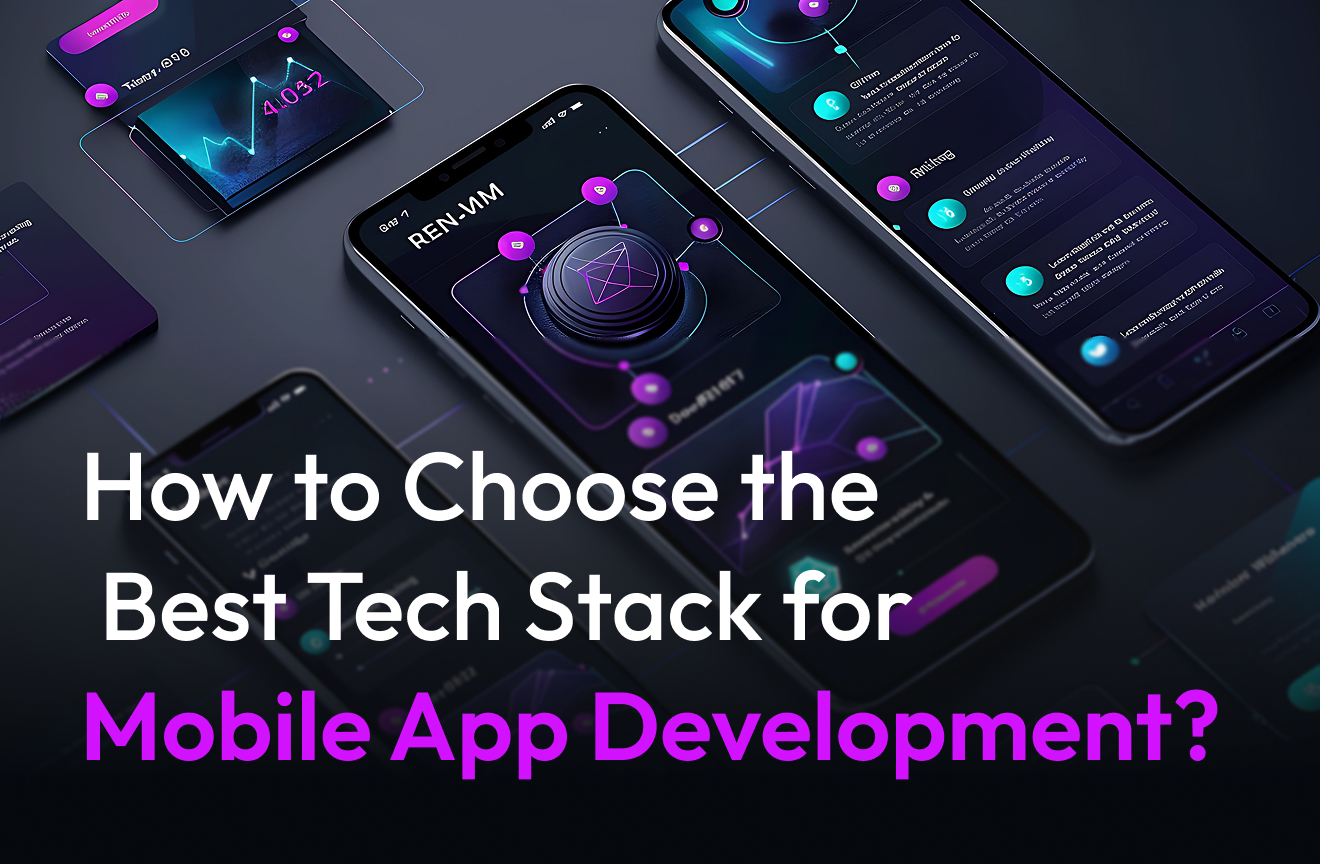In the modern digital world of technology and devices, businesses always find new ideas to enhance user experience and engagement. PWAs (Progressive Web Apps) is an important technology that combines the advantages of a website with a native mobile app. PWAs have changed the game of user interactions with digital content by providing an app-like experience and being accessible from a web browser directly.
Startups, along with industry giants like Twitter, Starbucks and Uber are using PWAs to enhance performance, minimize costs and maximize engagement. But is a PWA the best fit for your business? In this article, we’ll cover the benefits, use cases and limitations of each to help you make a more informed decision.
What is a PWA?
Progressive Web Application is a web app which uses neoteric web technologies to provide the app-like experience. They do not need installation through an app store, unlike mobile apps. Instead, they operate directly from a web browser and can be saved to a user’s home screen for easy access.
Key Features of PWAs:
Dynamic Design: Responsive and adaptive to screen sizes for multi-device smoothness.
Offline Support: Progressive web apps, relies on service workers to cache assets and render content even when not connected to the internet.
Fast Load Times: Optimised for speed, even on slow networks.
Push Notifications: Interacts users with real-time updates and alerts.
Secure & Reliable: Built on HTTPS to Assure data privacy and protection.
No App Store Dependency: No downloads necessary, it reduces friction for users.
It is a cost-effective solution for businesses, seamlessly connecting key web and mobile functionality to deliver high-quality digital experiences.
Key Benefits of PWAs
1. Offline Accessibility
The ability to operate offline or in low-network environments is one of the significant benefits of PWAs. Such features prove especially handy for e-commerce platforms, content-driven sites and travel applications where users have little or no internet connectivity.
2. Lightning-Fast Performance
PWAs leverage modern caching mechanisms to decrease load times. Unlike traditional websites, which rely on continuous server requests, It stores important files locally, assuring quick page loads and a smoother user experience.
3. Cost-Effective Development
Creating native apps for iOS and Android often takes a lot of time and money. It cut this out by providing a single solution that runs everywhere, on every device and OS.
4. Improved User Engagement
Push notifications are a great way to keep the users updated and interact with the content, which finally helps in conversion rates. PWAs, unlike websites that can merely send emails or ads, are capable of sending real-time updates directly to user’s devices.
5. Enhanced Security
It uses HTTPS, thus being more secure than a regular website. This ensures that sensitive user data is secured, making them a trustworthy selection for e-commerce and financial services.
6. SEO and Discoverability
Unlike native apps, they are indexed by search engines, enhancing discoverability. App indexing allows companies to drive more organic traffic to their applications, beyond the reach of the app stores.
Progressive Web Apps Framework
The Progressive Web Apps framework is a strong approach to web development that combines developers to create web applications that are stable, quick and captivating, delivering a native-app-like experience in the browser itself. Even more exciting is that the fundamentals of PWAs allow them to work anywhere when done correctly, you should be able to access your app from any device or platform using service workers, responsive design and the ability to work offline. Since they can be added to a user’s home screen without the need to go through app stores, they also allow for quicker deployment and updates for developers.
A well-designed Progressive Web Apps framework can develop your web apps with modern web technologies that improve the user experience using mechanisms like push notifications, background sync and fast performance, even if the internet connection is slow or unstable. Frameworks like Angular, React, Vue. js paradigm and even specialized tools, such as Workbox, which assist in building the PWA by grouping libraries and components designed with high performance and usability. PWAs enable cost-effective development without compromising on reach and user engagement across all digital touchpoints.
Ideal Use Cases for PWAs
PWAs provide a variety of pros but it works best for some kinds of businesses and industries.
1. E-Commerce Websites
It changed the game for online stores. They provide faster load times, work offline and can send push notifications, resulting in higher user retention and better conversion rates.
2. News and Media Platforms
With Progressive Web Apps, content-based websites can load instantly and support offline access, so users can read articles and watch videos uninterrupted.
3. Travel and Booking Services
When traveling, users frequently have to confirm flight schedules, hotel reservations or itinerary. It means you can always access vital information about your trip, without the internet.
4. Social Media and Entertainment Platforms
It provides a consistent and seamless user experience that is fast and engaging, all without the need for a separate application download. One of the best examples of social media is Twitter Lite.
5. Business and Productivity Tools
SaaS and cloud-based product companies can take advantage of PWA through providing a seamless and desktop-like experience in a browser to their users.
When PWAs May Not Be the Best Choice
It is not easy though and may not always be the right tool for the job. Here are some examples, when a native app might suit you better.
1. Need for Advanced Hardware Integration
If you need comprehensive access to hardware features like Bluetooth or NFC and need biometric authentication, a native app is the way to go.
2. High-Performance Apps (e.g., Gaming, AR/VR)
It is optimized for the web, but for highly intensive applications like gaming or augmented reality, a native app may outperform a PWA.
3. App Store Visibility is Crucial
The popularity of PWAs tends to be entirely mobile, as they do not feature in classic app marketplaces and if your marketing strategy is geared heavily toward app store rankings then a native app may be the answer.
4. iOS Restrictions
Though it performs well on Android. Apple-related limitations have emerged, including but not limited to restrictions on push notifications and offline capabilities. If most of your target customers use iOS, then a native app is the better alternative.
Success Stories: Businesses Winning with PWAs
1. Twitter Lite
Twitter’s PWA also consumed 70% less data, improved pages or sessions by 65% and vastly improved engagement.
2. Starbucks
With an offline menu browsing and customization option, Starbucks PWA greatly enhances user experience and increases sales.
3. Uber
Uber’s PWA delivers the same wonderful ride-hailing experience on unreliable networks, making transportation services much more convenient across the globe.
4. Pinterest
Pinterest reported a 60% increase in engagement and a 44% increase in ad revenue after it deployed its PWA.
Conclusion: Should You Build a PWA?
Progressive Web Apps are perfect to run the middle ground between the accessibility of a website and the capabilities of a mobile application. They also are an optimum way to attribute performance boost, development cost and engagement to users.
But if your app needs to interoperate closely with hardware, high-end graphics or depends on app store distribution, a native app may be the best option.
In the end, it depends upon your business goals, target audience and tech requirements. It is definitely something to consider if you want a flexible, cost-effective and easy to implement solution.

Stay Up to Date
Get our newsletter





